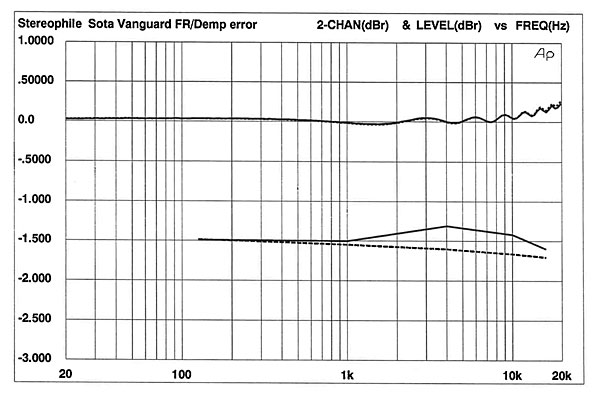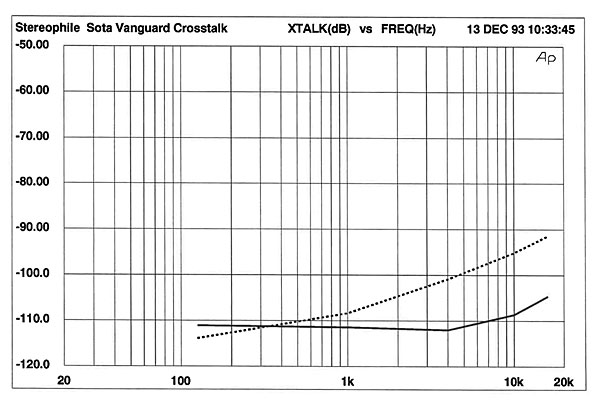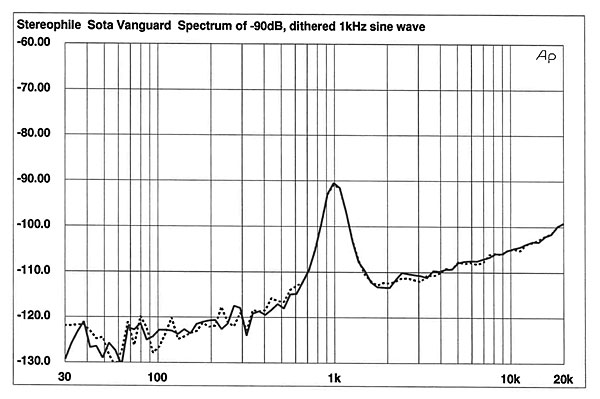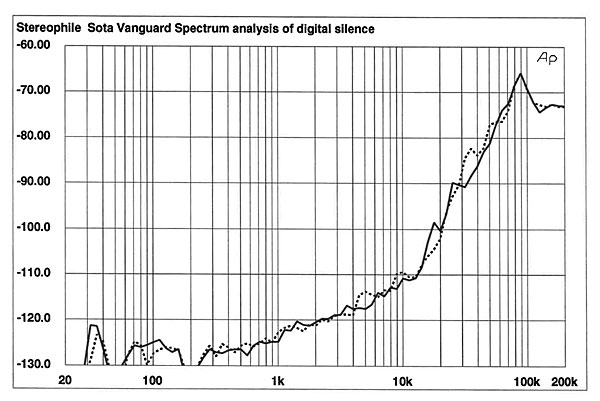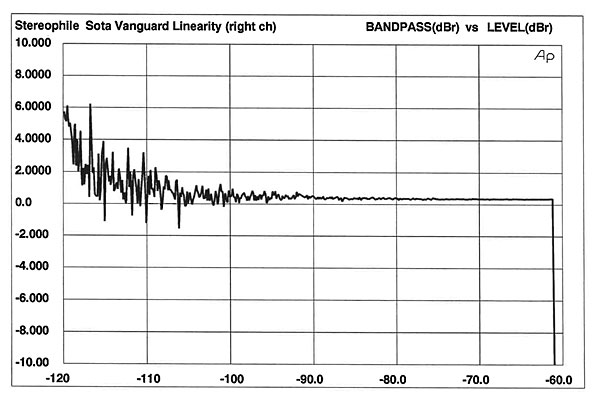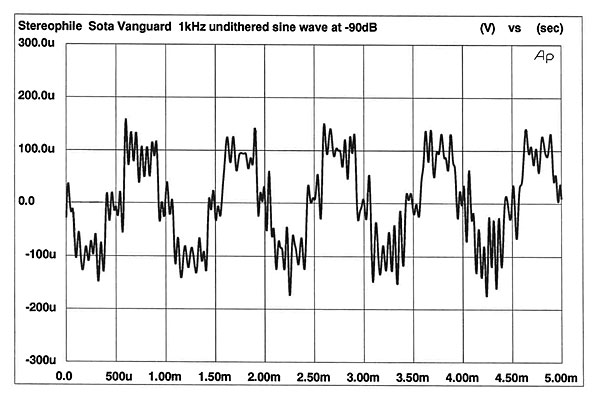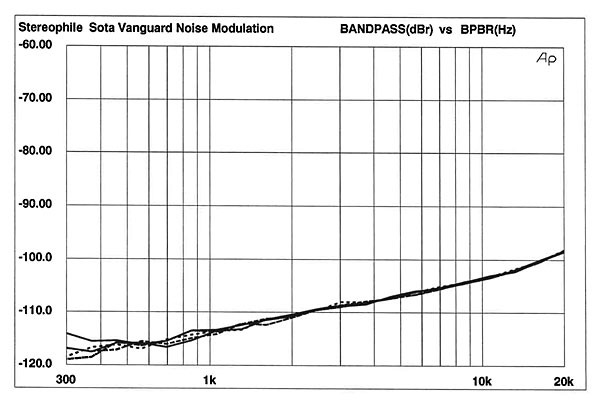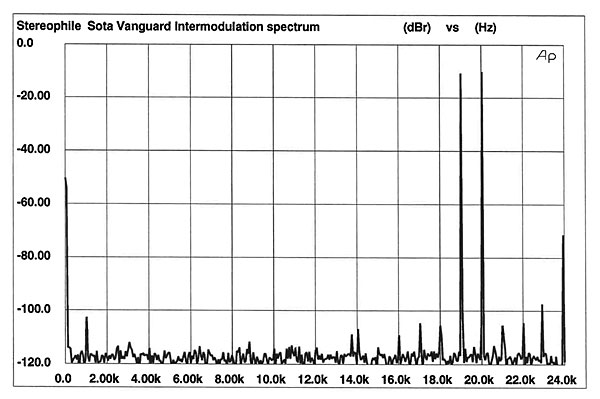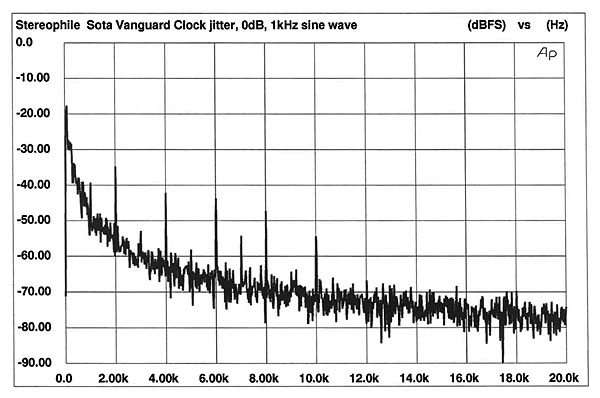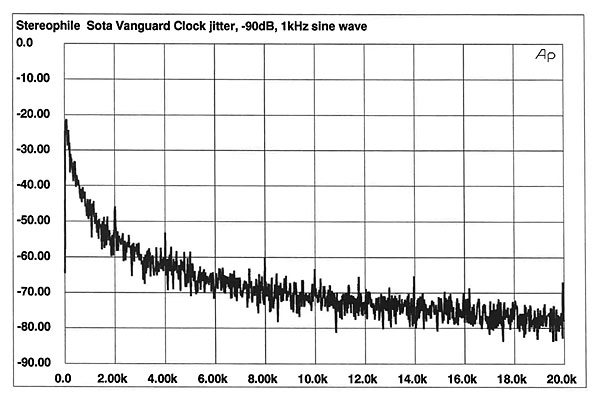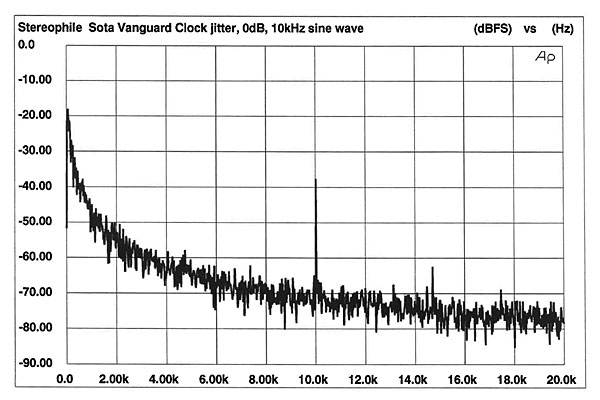| Columns Retired Columns & Blogs |
Years ago when I lived in Montreal, a dealer who I used to buy products from time to time showed me the SOTA player, and said it was absolutely fabulous sounding at this price. I was sceptical, how a company that made great turntables could all of a sudden come up with this player, did they build it in house? Outsourced their components? Then I read this review in the 90's and confirmed my fears that it was simply an attempt to gain a foothold in the burgeoning CD player market - I purchased something else. The dealer whom I had known for over 15 years and had a relationship with never spoke to me again, and till this day if I ever make my way to Salon H-Fi et Image still ignores me, if he sees me. I thanked Stereophile then and thank them now for confirming my fears and saving me lots of $$$ on a less than stellar player.
